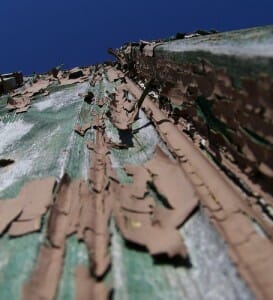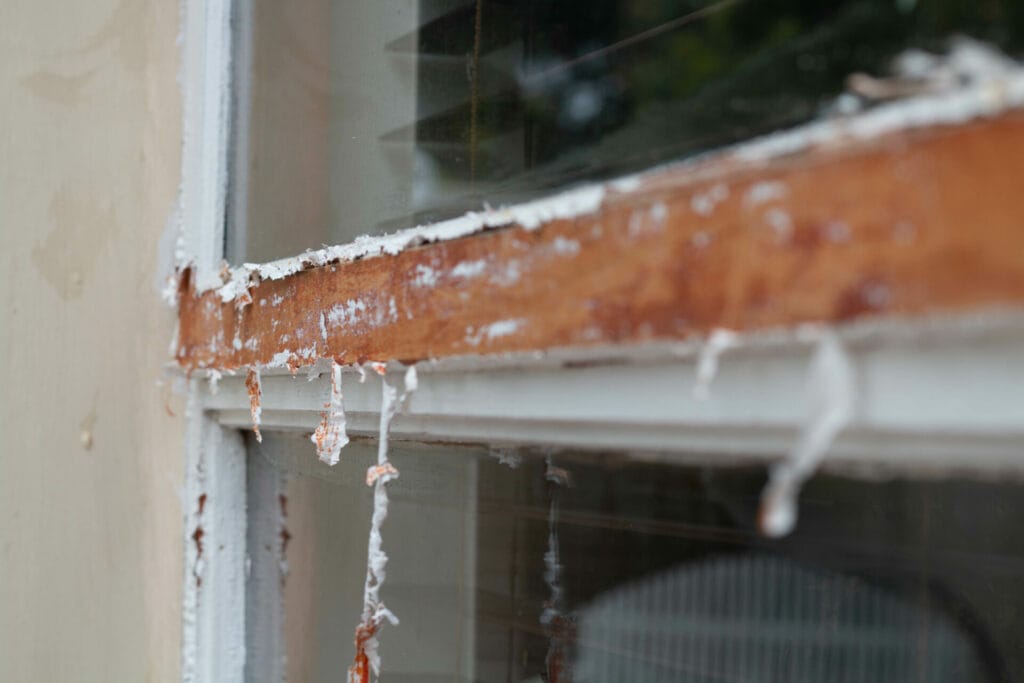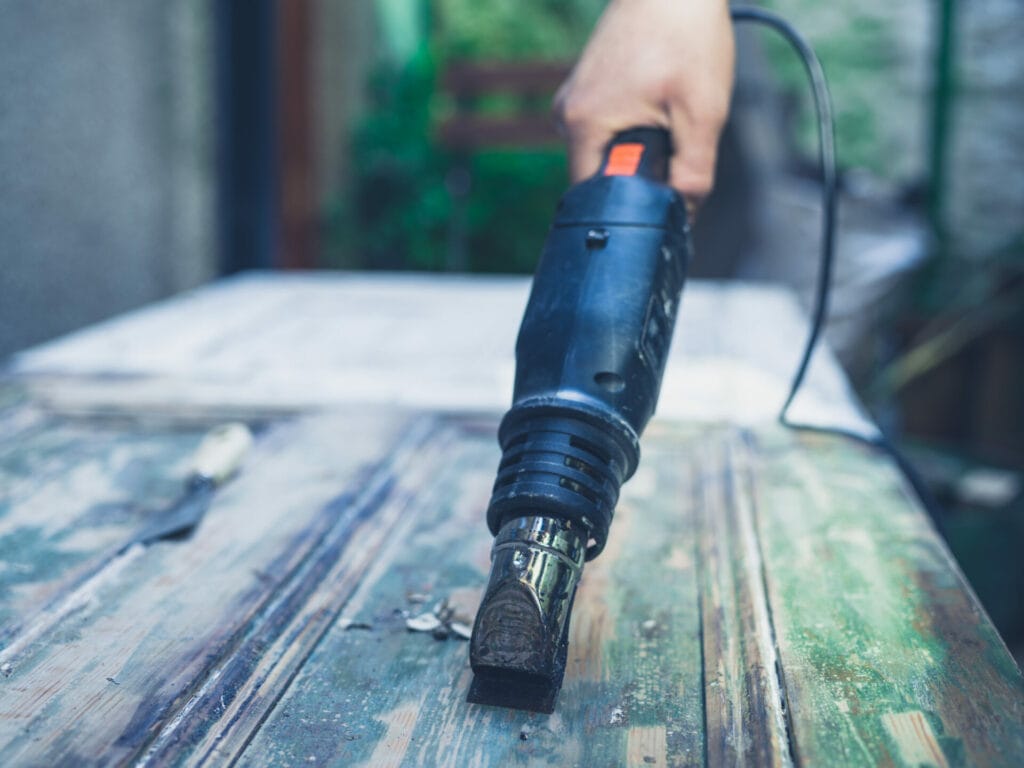
Starting a major exterior painting project comes with its set of challenges, with proper preparation topping the list. Prepping your house ensures that the new paint adheres well and lasts longer, making the effort worthwhile. Here’s how to tackle this crucial first step effectively.
Before diving into a new paint job, it’s vital to address any underlying issues with the existing paint. If the old paint is peeling, flaking, or chalking, it’s a sign that you need to strip it off to create a stable base for the new coat.
Proper preparation not only extends the life of your paint job but also enhances the appearance of your home’s exterior. Taking the time to prep correctly ensures that your new paint adheres properly and provides a smooth, durable finish.
Before you can start stripping paint, you need to know what you’re dealing with. Different exterior materials and types of paint require different removal techniques. For instance, the method you’d use for wood siding might not be suitable for vinyl.
Similarly, oil-based paints have different properties than latex paints, affecting how they should be removed. Identifying both the surface material of your home and the type of paint previously used is crucial for selecting the most effective and safe stripping method.

For many exterior surfaces, mechanical methods like using a paint scraper or putty knife can be effective for removing old paint. These tools allow you to manually scrape away layers of paint, revealing the surface underneath.
This technique works well for specific types of paint and surfaces, where the paint is loose or visibly peeling. It’s a labor-intensive method but can be very effective in preparing your home for a fresh coat of paint, ensuring that the new paint job will be smooth and lasting.
When tackling tough layers of old paint, chemical paint strippers can be a game-changer. These powerful solutions dissolve paint, making it easier to scrape away from the surface. Traditional chemical strippers often contain methylene chloride, known for its effectiveness but also its harshness and potential health risks.
Nowadays, there are safer, eco-friendly alternatives available, such as citrus-based paint strippers. These greener options are not only safer for you and the environment but can also be quite effective in removing exterior paint. When choosing a paint stripper, consider the type of surface and paint you’re dealing with, as well as safety and environmental impact.
An electric heat gun is another valuable tool in your paint removal arsenal. Heat guns work by emitting a stream of hot air that softens the paint, making it easier to peel or scrape off. This method is particularly useful for detailed work or when you need to remove paint from delicate surfaces without causing damage.
However, it’s important to use heat guns with caution. The high temperatures can pose a fire risk if not handled properly, and direct heat can damage the underlying surface if applied for too long. Always keep the heat gun moving and start with the lowest temperature setting to safely and effectively use this method for stripping paint.

Pressure washing offers a fast and efficient way to strip paint from exterior surfaces like wood siding, masonry, and concrete. The high-pressure water stream blasts away peeling and loose paint, significantly reducing the time and effort required for preparation.
While pressure washing can be incredibly effective, it’s crucial to use this method judiciously. Incorrect use of a pressure washer can damage the underlying surface, especially softer materials like wood. It’s recommended to start with a lower pressure setting and gradually increase as needed, ensuring you don’t cause unintended damage in the process of removing the paint.
Safety should always be your top priority when stripping paint, especially in older homes where lead-based paint is a concern. Lead paint, common in houses built before 1978, poses serious health risks if dust and chips are inhaled or ingested.
To protect yourself and others, wear protective gear such as gloves, goggles, and a respirator designed to filter out lead particles. Ensure the work area is well-ventilated to minimize exposure to harmful fumes from chemical strippers or dust from sanding. Covering the ground with drop cloths can help contain and easily dispose of hazardous materials.
These precautions help prevent paint problems related to health and safety during the removal process.
While DIY paint stripping can be satisfying, some situations call for the expertise of a professional painting company like BCI. Professionals are equipped to handle various paint problems safely and efficiently, especially when dealing with lead-based paint or large-scale projects.
Hiring experts like BCI ensures that the job is done right, providing a high-quality foundation for your new paint job. Professionals have access to industrial-grade equipment and products that may not be available to the average homeowner, allowing them to strip paint more effectively and with less risk to health and property.
Are you facing challenges with how to strip exterior paint safely and effectively? Don’t hesitate to reach out to BCI for expert painting services. Our skilled team is equipped to prepare your home’s exterior flawlessly for a new coat of paint, ensuring the process is safe, efficient, and produces top-notch results.